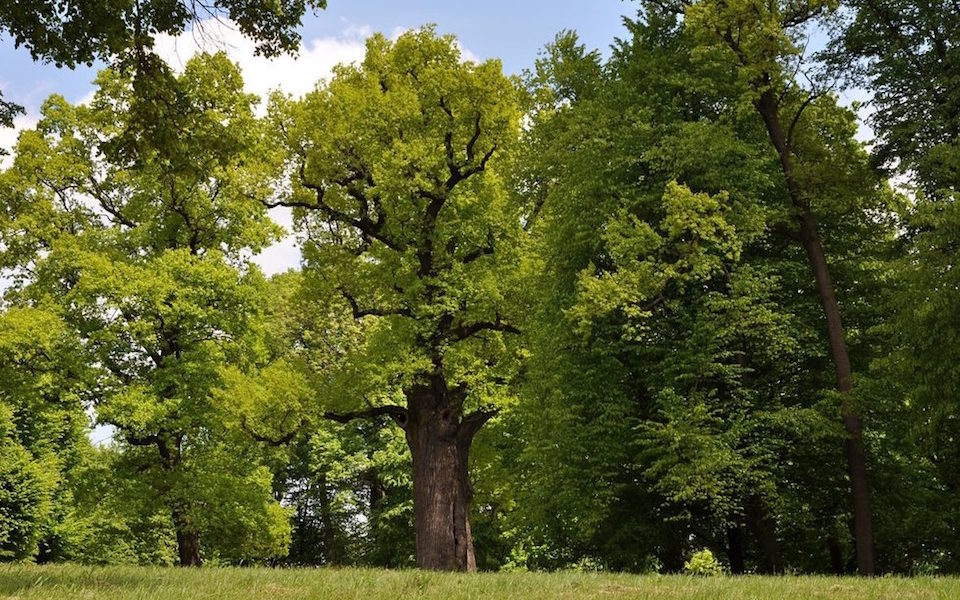
In the Polish town of Wiśniowa, not far from Krakow, there is a large oak tree. It grows on the former grounds of the noble Mycielski family, and is thought to be about 650 years old. If you look closely at the Dąb Józef, or the Joseph Oak, you’ll see a rather large hole in it. Supposedly, that’s where the Jews crawled in.
According to local lore, the tree, which was featured on the 100-złoty banknote issued in 1934, sheltered two Jewish brothers during the war. One source claims that the brothers, whose last name was Hymi, and who may have been escapees from a local forced labor camp or from the Frysztak Ghetto, were shown the hideout by a local Catholic woman. But no one seems to know anything beyond that—not how long they were hidden, nor what happened to them after the war. It all might be a local legend, with no historical basis.
The story is popular enough, though, that the Joseph Oak won the title of 2017 European Tree of the Year. (Yeah, we didn’t know that was a thing either.)
Photo: Rafał Godek
JTA has documented Jewish history in real-time for over a century. Keep our journalism strong by joining us in supporting independent, award-winning reporting.





